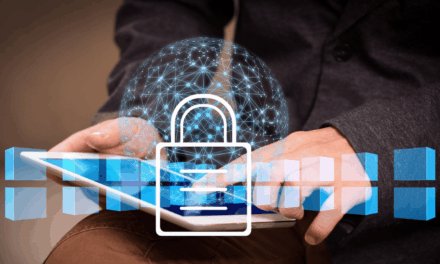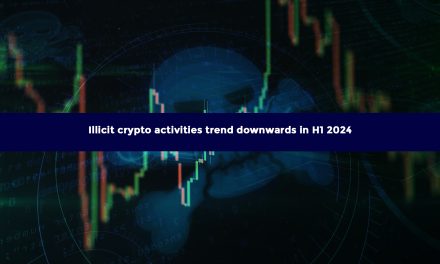Yes, according to one firm’s data set compared to monthly and year-on-year historical data
Based on its own methodology and data sources, a “global cyber and software resilience business”
has released a report summarizing ransomware threats for incidents it encountered in August 2024.
First, based on its own historical cyber incident data, global levels of ransomware attacks had increased both month-on-month and year-on-year. There was a total of 450 attacks in August 2024, compared to 395 in July 2023 and 389 in August 2023.
Second, within the firm’s data resources used for analysis, the RansomHub threat group was in the top position in August 2024 — clocking 72 attacks. This was up from 43 in July. In second position was the Meow threat group with 41 attacks; followed by LockBit 3.0 with 29 attacks, and Play fourth with 27 attacks.
Third, August 2024 also saw a Fortune 50 company paying a record-breaking US$75m in ransom to the Dark Angels ransomware organization, beating the previous US$40m.
Other findings
North America data showed it remained the most targeted region in the firm’s analysis, accounting for 52% of total global attacks analyzed. Europe data followed with 28% of attacks, an increase from 83 in the firm’s July metrics. Also:
- Data for Asia and South America showed a modest rise, with attacks going from 41 and 18 in July, to 42 and 21 in August respectively. Data from Africa also saw an increase, from 10 to 14 incidents.
- Data from the Industrials sector analyzed showed it continued to be the most targeted sector, accounting for 24% of attacks in August 2024. These figures are linked to continued interest by threat actors in targeting critical national infrastructure. Following closely behind was the Consumer Discretionary industry data showing 104 attacks, and in joint third position, Information Technology and Healthcare industries with 46 attacks each.
- During the Paris Olympics, a ransomware attack targeted the Grand Palais and around 40 other museums in France. Despite the disruption to these cultural sites, the Olympic Games remained unaffected, and the incidents were contained quickly. This incident was part of a broader wave of cyberattacks on critical infrastructures, including government entities and transport networks.
According to Matt Hull, Head of Threat Intelligence, NCC Group, the firm that publicized its data:“Having robust cyber security measures in place is paramount, particularly when it comes to major events or organizations. The havoc that a cyberattack could have caused at the Olympics is almost unthinkable – thankfully, this did not become a reality.”

















